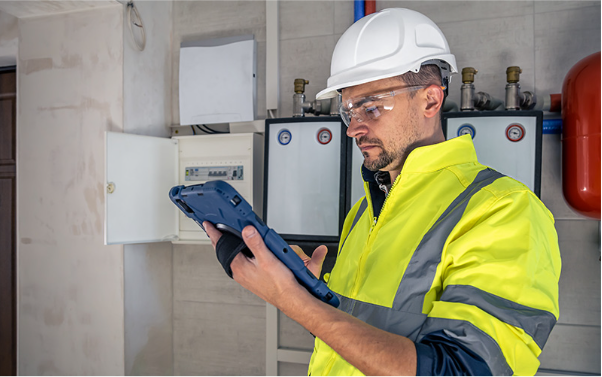Gas hazards don’t announce themselves until they’ve already posed a threat. In many industrial facilities, there’s a false sense of security—until an odourless, invisible leak disrupts operations or endangers lives. One site supervisor shared how their team narrowly avoided a serious incident after their existing system failed to trigger an early warning. That experience led them to upgrade to Honeywell fixed gas detection—a decision that quickly paid off with better performance and peace of mind.
If you’re constantly worrying about unseen leaks, equipment failures, or safety gaps, here are six clear steps to regain control with better gas detection solutions.
1. Identify High-Risk Areas with Precision
Start by reviewing your facility layout. Where are gases stored, used, or produced? Which zones are prone to poor ventilation or accidental build-up? Many teams rely on assumption rather than assessment, leading to coverage gaps.
A thorough risk audit helps pinpoint exactly where gas detection equipment should be placed. This includes confined spaces, ductwork, basements, and process-heavy zones. A tailored layout ensures no critical area goes unmonitored.
2. Use Fixed Detection for Continuous Monitoring
While portable detectors serve their purpose, fixed systems offer round-the-clock protection. Once installed, they continuously scan for gas presence without relying on human operation. In high-risk environments—such as chemical processing plants, wastewater facilities, or storage terminals—this constant vigilance is essential.
Upgrading to Honeywell fixed gas detection allows facilities to catch gas leaks early, trigger alarms instantly, and activate ventilation or shutdown systems automatically. This level of integration significantly reduces risk while freeing up manual labour for other tasks.
3. Select the Right Sensors for Your Environment
No two gases behave the same. Methane, ammonia, hydrogen sulphide—each poses unique hazards and requires different sensor technology. Incorrect or mismatched sensors can produce false alarms or, worse, miss dangerous concentrations altogether.
Modern gas detection equipment comes with sensor options for combustible, toxic, and oxygen-deficient gases. The right system lets you mix and match sensor heads to suit the gases present in your operation. This customisation ensures accuracy where it matters most.
4. Ensure Seamless Integration with Alarm and Control Systems
Detection without response is incomplete. Your gas detection network should communicate seamlessly with other safety infrastructure: ventilation systems, shut-off valves, fire suppression, and audible alarms. When integration is done right, a leak doesn’t just trigger a siren—it triggers action.
Smart systems allow real-time alerts to be sent to control rooms or mobile devices, helping managers react quickly no matter where they are. This functionality is especially valuable on large or multi-site facilities where response time directly affects safety outcomes.
5. Simplify Maintenance with Smart Diagnostics
One reason gas detection systems fail is poor maintenance. Over time, sensors can degrade, become dirty, or drift out of calibration. If you’re relying on manual checks or outdated systems, you’re taking unnecessary risks.
Newer solutions like Honeywell fixed gas detection feature built-in diagnostics, auto-calibration options, and maintenance alerts. These tools reduce guesswork, prevent downtime, and keep systems running optimally with minimal effort. When teams know what’s working—and what’s not—they can stay proactive.
6. Train Staff on Detection Awareness and Response
Technology alone isn’t enough. Teams need to understand how the detection system works, how to interpret alerts, and what steps to take in an emergency. Too often, staff rely on visual cues or wait for confirmation, delaying the response.
A good training programme includes system demos, evacuation drills, and clear signage. Staff should know how to silence alarms, activate ventilation, or initiate site evacuation. With confidence and clarity, they can respond swiftly and effectively when needed.
Conclusion
Struggling with gas safety isn’t a matter of faulty intentions—it’s usually a matter of outdated tools or uncertain coverage. But the solution is clear. From risk mapping and tailored sensor choices to automated alerts and smart diagnostics, better gas detection technology exists—and it works. Investing in Honeywell fixed gas detection and the right gas detection equipment isn’t just a safety upgrade—it’s an operational safeguard.
Secure your facility the right way—contact Ansac Technology for expert solutions in gas detection that keep your people and processes protected.


